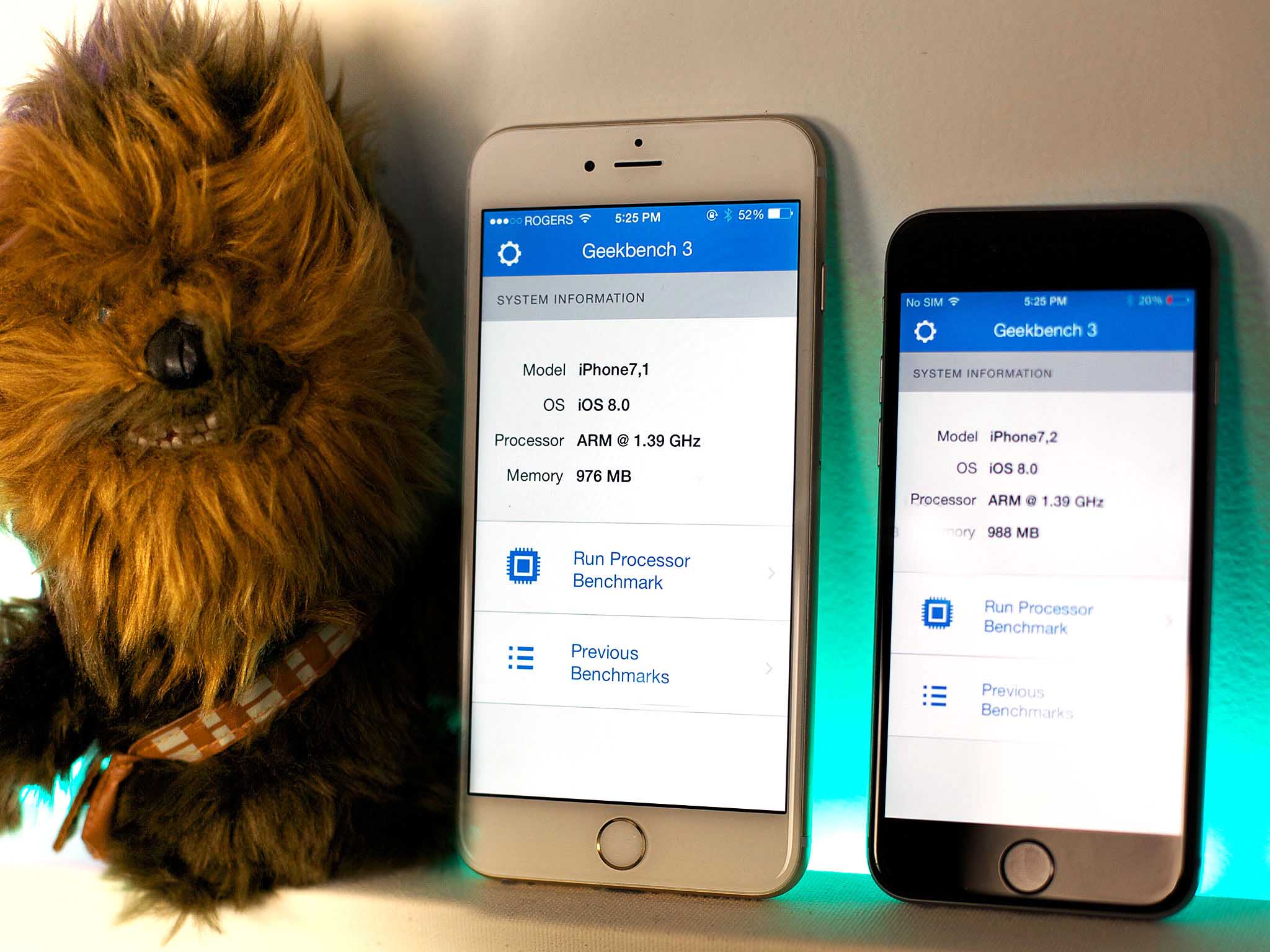What could Apple do with 2GB of RAM in the iPhone?

iOS has always been incredibly efficient when it comes to its use of random access memory (RAM). It's what makes cross-platform spec comparisons so much more than just a numbers game. Apple gets to write their own native code directly to their own hardware. There's also no garbage collection to account for, no third-party skins to prop up, and no interpreters running between the apps and the metal. It lets Apple get away with 1GB of RAM in the iPhone 6 and iPhone 6 Plus. But it also makes me wonder — what could they do with 2GB?
Apple has always been conservative when it's come to RAM. Part of it might be cost at scale or availability at scale, but part of it might also be balancing resources and power demands, not to mention fitting the chips onto the dies and into the super-thin casing while keeping everything within thermal tolerance levels.
In 2007, the original iPhone shipped with 128MB of RAM. It supported multiple browser tabs and first-party multitasking, but didn't have to juggle any App Store apps. In 2009, the iPhone 3GS doubled the RAM to 256MB. It had App Store apps but didn't allow them to run any background processes. In 2010, the iPhone 4 doubled RAM again to 512MB. It allowed for limited background processes like streaming audio, location, and VoIP. In 2012, the iPhone 5 doubled RAM yet again to 1GB. By then background processes had begun to open up as well. And... then it stopped. 2014 and the iPhone 6 line came and went with nary a RAM doubling in sight.
Not so the iPad. Originally matching the iPhone 3GS with 256MB of RAM in 2010, it moved to 512MB in 2011 and, like the iPhone 5, 1GB in 2012. In 2014, however, the iPad Air 2 didn't stop. It doubled once again to 2GB of RAM.
I've joked previously that the iPhone 6 Plus is as much tiny iPad as it is big iPhone, but it's really not a joke. It doesn't have the same custom, triple-core central processing unit (CPU) or octo-core graphics processing unit (GPU) — the silicon that puts the X in the Apple A8X — as the iPad Air 2, but it does have the same 64-bit architecture and almost as many pixels to push around — 2,742,336 internally (down-sampled to 2,073,600 on the display) compared to 3,145,728 for the iPads.
2GB of RAM allows the iPad Air 2 to keep multiple browser tabs open with ease and multiple apps in memory with aplomb. Yet iOS does a lot to conceal the difference. Everything from page cache to background refresh to the new extensibility system makes apps feel like they were awake even when they weren't, and brings enough functionality to you that you don't need to go jumping around as much to find it.
The iPhone 6 Plus is also so fast that, as long as they properly preserve state, when apps do relaunch it's fairly quick. Likewise, as long as the network connection is strong, the browser renders so quickly more tabs reload in the blink of an eye. Problems arise when apps don't properly preserve state — looking at you, Instagram! — or network connections aren't consistently strong — insert carrier gag of your choice.
Master your iPhone in minutes
iMore offers spot-on advice and guidance from our team of experts, with decades of Apple device experience to lean on. Learn more with iMore!
So, yes, having 2GB of RAM on the iPhone would be nice for those reasons alone. But what about for other reasons? Each previous increase in RAM has come not just with an increase in pixel count but with an increase in app functionality. In the span of 7 years we've gone from no third-party multitasking to universal, just-in time multitasking. What more could there be?
There are rumors of multi-window apps and drag-and-drop data in iOS' future, and while intriguing, it's also just a starting point. As phones become primary computing devices, they have not only the potential but the need to do so much more, and in ways that only minimally involve the numbers on the specs.
The iPhone already has two processor cores, four graphics cores, and a coprocessor. It'll almost certainly have 2GB of RAM someday and eventually more.
As hardware becomes more powerful, software has to advance to take full advantage of it. Not in a traditional desktop way, but in a way that once again makes that power more accessible to more people.

Rene Ritchie is one of the most respected Apple analysts in the business, reaching a combined audience of over 40 million readers a month. His YouTube channel, Vector, has over 90 thousand subscribers and 14 million views and his podcasts, including Debug, have been downloaded over 20 million times. He also regularly co-hosts MacBreak Weekly for the TWiT network and co-hosted CES Live! and Talk Mobile. Based in Montreal, Rene is a former director of product marketing, web developer, and graphic designer. He's authored several books and appeared on numerous television and radio segments to discuss Apple and the technology industry. When not working, he likes to cook, grapple, and spend time with his friends and family.
